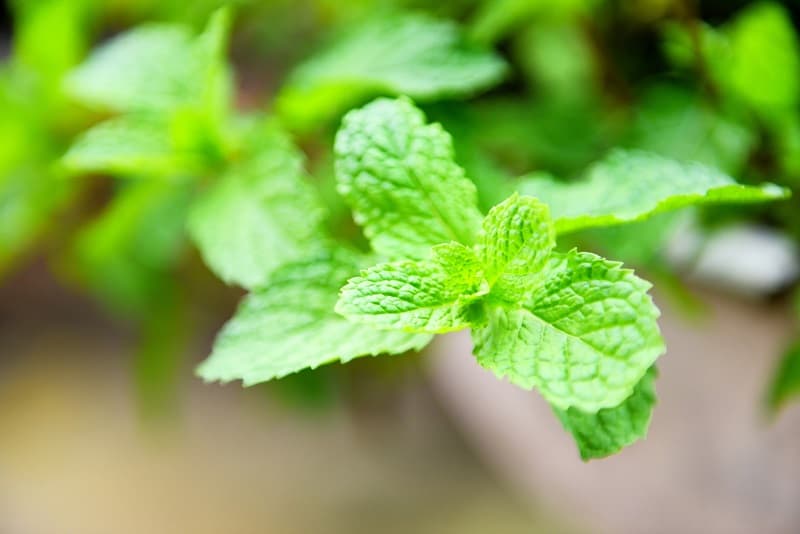
Mint plants (scientific name Mentha) are vigorous perennials that grow well in light soil with good drainage. These plants usually grow to around one or two feet tall and are native to North America, Eurasia, Australia and southern Africa. Mint is drought-resistant and easy to grow, but is also prone to certain conditions that could cause it to die unless the cause of the sickness is promptly addressed.
How to save a dying mint plant
1. If your mint is dying because of insufficient water:
- Water the plants frequently so the soil is constantly moist.
Adjust the frequency of watering to maintain the soil’s moisture; this will vary depending on the climate and the time of year. Water your plants every three days if you are living in an area with hot weather, and only once a week if you are in a temperate climate.
- Plant mint in rich compost.
Compost holds moisture and has a porous structure that allows excess water to drain off to avoid soggy soil. Monitor soil moisture by testing it to a finger’s depth, adjusting your watering frequency to ensure that the soil does not dry out and dehydrate the plants.
Water the plants generously so the roots become properly established. Pots dry out faster than soil in the ground, especially if exposed to full sun. Mulch can be a great help to retain moisture around the roots.
2. If your mint has root rot:
- Hold off on watering.
- Transfer or transplant the plants to a well-draining area of your garden or to another pot with fresh potting mix.
- See to it that your pots have drainage holes.
Mint plants prefer consistently moist soil, but if the soil is always damp with insufficient evaporation it could lead to root rot. Be sure to water the plants so that the soil is moist but not saturated. If the soil has a high clay content, transplant the plants to an area with improved drainage so that the roots are not saturated with water.
Inspect the roots when you transplant your mint. The roots should be healthy and white-colored; if the roots are brown and look rotten, use pruners to cut back and remove the affected roots. Clean and sanitize the pruners to prevent the spread of fungal pathogens. Be sure to dispose of and burn the infected plant parts.
3. If your mint plant is dying in a pot:
Transfer the plants to a larger pot to stop the soil from drying out too quickly. The pot should have drainage holes so that the soil does not become soggy. The roots will also have more room to establish and access nutrients if they are placed in larger pots with more soil.
Water the plants regularly and they should recover in just a few days.
4. If your mint plants have leggy growth:
Transfer the plants to a sunnier area and they should begin to recover in just over a week. Do not use too many fertilizers as this could damage the plants. If the growth is slow, use a half-strength fertilizer every four to six weeks during the growing season. If the plants are drooping due to a lack of sunlight or because of too many fertilizers, give them a good pruning.
Common reasons your mint plant is dying:
- You are not watering your plant enough.
- The plant has root rot.
- There are no drainage holes in the pot or the pot is too small.
- It is due to a lack of sunlight.
- You are using too much fertilizer.
Conclusion
Mint plants are vigorous perennials that thrive in light soil with good drainage. These plants are widely cultivated for their medicinal and culinary benefits. However, like most plants, they are also prone to diseases and infections. Save your dying mint plant by providing a regular watering schedule and rich compost, and ensure that the pots have sufficient drainage holes to prevent water from remaining stagnant in the soil.
Image: istockphoto.com / panida wijitpanya